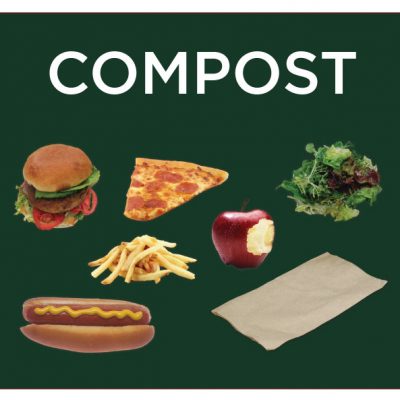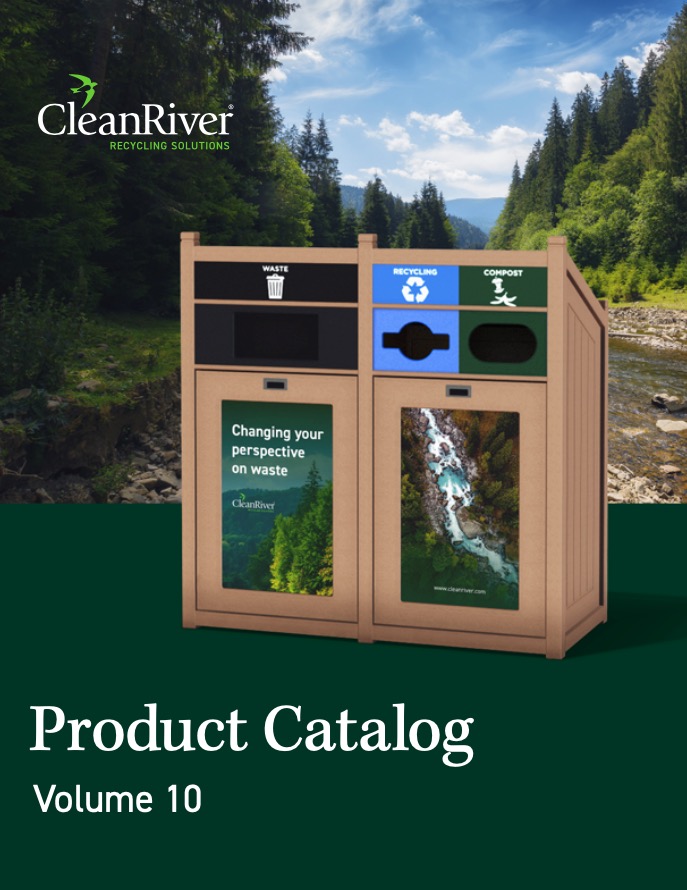Share
We are all familiar with recycling by now and the classic blue bins that accompany every household. But what about green recycling? (Not to be confused with green recycling bins). We’re talking about green waste, or what we like to call organic waste. In recent years, more and more legislation has been passed in support of green waste diversion and composting and there’s more on the way as citizens, government, and businesses work together towards improving waste diversion rates. In recent years, a growing number of legislation has been passed in support of green waste diversion and composting, such as California’s SB1318 subsequent AB 827. This reflects a collective effort among citizens, government, and businesses towards sustainable waste management practices.
What is Green Waste?
Green waste is classified as any biological waste that can be broken down into compost which is then used in various fertilizers. If your neighborhood has incorporated green bins into the weekly garbage collection then you’re probably already familiar with the different types of green waste. If you don’t, then take a look at this article we wrote in the past about what goes in the compost bin.
In short, green waste ranges from any of the following materials:
- Coffee grounds
- Fruits & Vegetables
- Eggshells
- Newspapers
- Hair clippings (human or animal)
And anything else you can think of that is made of a biological material like paper which breaks down over a short period of time. (Please continue to put cardboard and bulk paper waste in the recycling bins where they are better utilized).
Where Does Green Waste Go?
The literal answer to that question is in commercial recycling bins with organic waste dispensers. Or if your municipality collects organic waste, then it goes in your green bin.
The long answer to this question is a bit more complex so we’ll break it down into steps for easy learning:
- Green waste is collected in a commercial recycling bin for organic waste, or a green bin/compost bin
- The bags of green waste are then collected by a dedicated organic waste truck (common if your business has a recycling program) or a recycling/organic waste truck
- The bags of organic waste are then transported and unloaded at an organics processing facility
- Green waste is then separated from non-organic waste via a big machine called a hydro pulper which uses water to allow lighter contaminants like plastic bags float to the top, and heavier ones like metal float to the bottom
- At this point, the organic waste becomes a brown sludge of wet ground-up green waste
- This processed green waste is then left out to decompose into various stages of compost which are then sold to different companies based on the level of compost
- The green waste is then used at farms, grocery stores, plant nurseries, and anywhere else they grow plants.
When you think about it, the main goal of recycling is to achieve a circular economy. The best example we have of a circular economy is green recycling via organic waste composting. So the next time someone asks you if you upcycle or recycle tell them that green recycling does both!
Looking for more green recycling tips? Check out these other blogs:
- The Top 5 Impacts of Recycling
- How to Identify E-Waste and Prevent Improper Electronic Waste Disposal
- 6 Countries Leading the Way in Sustainability
- How Recycling Protects Animals and Humans


